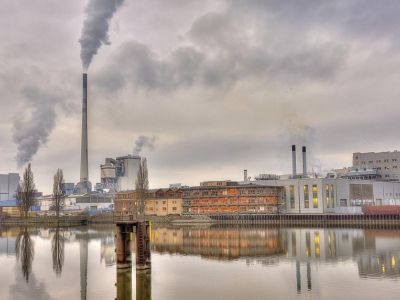Clean-Air Standards and a Government Engineer (adapted from NSPE Case No. 92-4)

An engineer refuses to draw up a permit for a building she believes violates environmental standards. Several days later, she learns that her department issued a permit anyway.
Hilary is an environmental engineer employed by the state environmental protection division. Pat, her supervisor, asks her to draw up a construction permit for a power plant at a manufacturing facility. Hilary is told by her supervisor to move quickly on the permit and "avoid any hang-ups" with respect to technical issues.
Hilary believes that the existing plans are inadequate to meet regulation requirements for air pollution standards (1990 Clean Air Act). As is, the facility would emit sulphur dioxide and outside scrubbers are needed to reduce those emissions.
Knowing that suspension or revocation of her engineering license is a possibility if she prepares a permit that violates environmental regulations, Hilary tells Pat that she believes the plans would violate regulations and will not draw up a permit. Pat vehemently disagrees. He claims that mixing limestone with coal in a fluidized boiler process would remove 90% of the dioxide-- thus meeting the regulatory requirements.
The debate between Hilary and Pat was left unresolved. But one week later, Hilary learned that the department authorized the issuance of the permit.
What, if anything, should Hilary do now?
NSPE Code of Ethics An earlier version may have been used in this case.
See the original NSPE case at: Duty of Government Engineer - Case No. 92-4.

